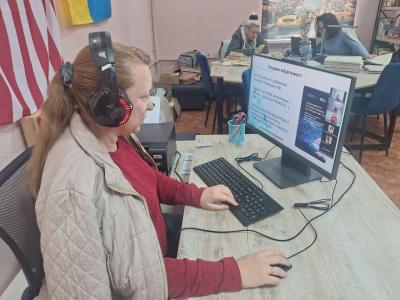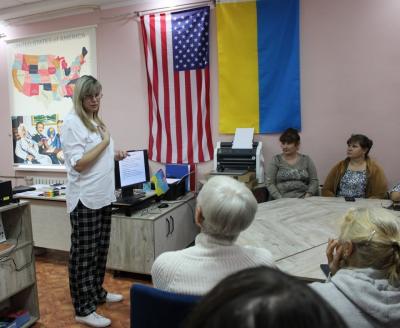History
John Paul Jones in Kherson
Brief information

John Paul Jones (1747-1792), the national hero of the USA, one of the founders of the American Naval Forces, the leader of the Congress fleet during the War for Independence in North America (1775-1783), Kontradmiral of Russian fleet (1788). Napoleon subsequently considered if Jones had not died so early he would manage to defeat the English fleet at Trafalgar. The life of the American naval commander rich with adventures has given many reasons for Cooper's books ("Pilot"), Dumas ("Captain Paul"), Melville, R. Kipling, and other authors.
By 1788 Russia was on the verge of war with Turkey and Sweden and desperately required skilled and brave seamen. Then Ekaterina II also decided to invite Jone to Russian service. The answer was short: "I agree, I’m on my way" By the evening on April, 23rd, 1788, he arrived in St.-Petersburg.
The reception took place in the magnificent Tzarskoselsky palace. The USA fleet commander had left tsarina’s boudoir as an admiral of the Russian Navy. "Te empress has accepted me with the most courteous honors, greater, than, possibly, can any other foreigner can be accepted to Russian service" — Jone wrote to his friend general P. Lafayette. "Her majesty often talked to me about the United States, she was convinced, that the American revolution should generate others and not influence other government" (Russia and the USA: Becoming of attitudes. 1765-1815, — Moscow, 1980, P. 169). By the way, Johns was the first who brought the Constitution of the USA and the Declaration on independence to Russia. On May, 7th, 1788, he left for Kherson. There he was expected by the Grand Duke G. A. Potyomkin. Straight on the next day on his arrival to Kherson "an admiral Paul Zhones" had been appointed "to command a squadron of Estuary sailing vessels". (Materials for the history of the Russian fleet. 1895, v. XV, p. 118). The main target of campaign 1788 in the south of Russia was Ochakov — "southern natural Kronstadt", as it was named by Ekaterina II. All land forces were in command of A. V. Suvorov. The main force on the sea near Ochakov was under John’s command: two linear ships "Vladimir" and "Alexander", 4 frigates and 8 smaller vessels. Together with a rowing flotilla which was under command of German prince Nassau Zigen and had been on Russian navy service, it should provide blockade of a fortress from the sea. The first, that Johns had done was meeting A. V. Suvorov. "Yesterday here we met up with Paul Johns as old friends", Suvorov wrote. (Suvorov A. V. Documents.— Moscow, 1951, p. 441).
The Turkish fleet under Оchakov totaled 10 ships, 6 frigates, 47 galleys, and many small vessels. Using so significant superiority, Turks set a target to destroy the Russian fleet in Estuary Dneprobugsky completely.
However, it was too much for them. Despite complex relations that had developed between two Russian admirals — American Jone and German Zigen, strategies of Russian forces in the Estuary were more than successful. Both admirals differed enterprise, resoluteness, and competed among themselves, had appeared at height.
The Turkish fleet in battles on June, the 7th, 17th, and 18th, 1788 near Ochakov had suffered a serious defeat. Losses the Turk in estuary had made 1763 persons. Our side had 85 dead and wounded. For such a brilliant victory Jone was rewarded by St. Anna's award.
The place of battle is 18 miles away from Kherson fortress downstream Dnepr.










